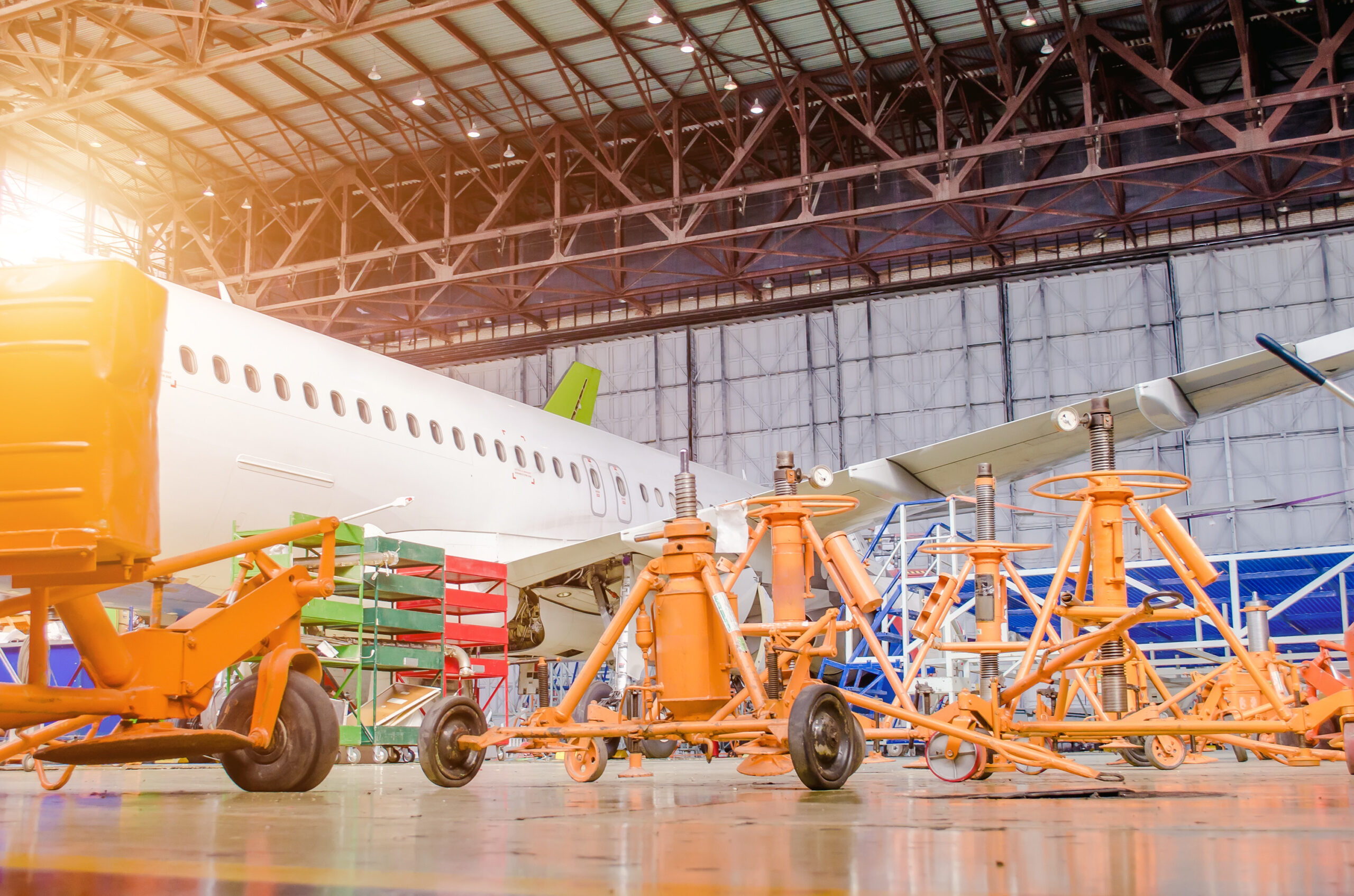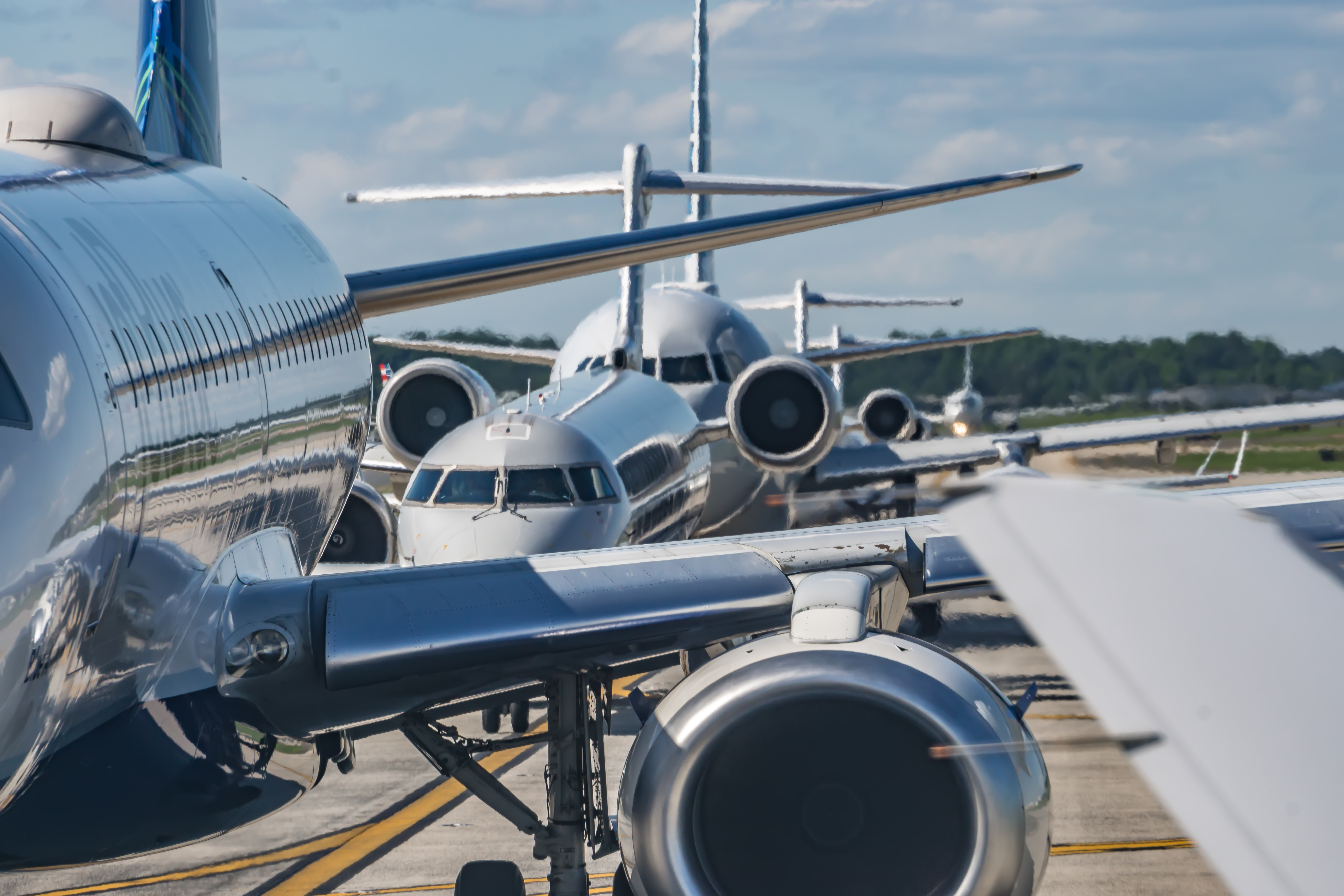With a combined backlog of more than 10 000 commercial aircraft, both Boeing and Airbus have never been in a stronger position, particularly when it comes to negotiating with their suppliers. As a result, the OEMs have been increasingly pressuring the latter to offer significant price concessions in order to be able to sell new aircraft at lower prices. However, these efforts are forcing downstream suppliers to take action as well.
As the demand for lower airfares continues to affect the whole value chain, from OEMs to their suppliers and on down, competitive pricing in the supply chain will likely be an on-going challenge in 2014. This is especially true as the industry giants are actively taking measures to tackle the rusk/margin balance in an attempt to reach double digit profitability levels. One of such initiatives is Boeing’s “Partnering for Success” program, which aims at reducing suppliers’ prices. However, many of the latter have been reporting the demanded price reductions (15-20%) to be unreasonable.
“Suppliers have previously complained that such initiatives as Boeing’s “Partnering for Success” are a one-way street that benefits the companies much more than them. Now, with Airbus andRolls-Royceseeing the higher profitability of such peers as Boeing andGEthere’s even more pressure coming from them than in the past,” says Zilvinas Sadauskas, the CEO of Locatory.com. “On the one hand, such deals help the OEMs keep new aircraft production costs, and presumably prices, lower, while providing some post-delivery revenue tailwinds. However, it ultimately leads to the fact that their reach is extending beyond their own supply chain.”
Most experts believe that Boeing is aggressively using its program to capture more of the aftermarket economics
Most experts believe that Boeing is aggressively using its program to capture more of the aftermarket economics. For example, many suppliers have reported that if desiring to be on the 777X, they will now have to provide a much greater amount of material for the aftermarket to Boeing, rather than directly to the aftermarket. Such an arrangement, for instance, helped landing gear manufacturer Heroux-Devtek win a coveted spot on the 777X supplier team.
“Currently Boeing is considered to be the third largest aftermarket player after GE and Lufthansa Technik. Nevertheless, the manufacturer currently supports only 15% of its fleet, which is why it’s still ambitious to capture a larger piece of the pie. Thus, there are reasons to believe that the OEM is getting more direct in trying to set limits on the price increases suppliers can pass onto the aftermarket,” says the CEO of Locatory.com “For instance, if in the past spares often sold for as much as three times the price they have in the OEM supply chain, now Boeing may be looking to limit the escalations to twice the price.”
Aftermarket providers have already started to feel the squeeze. A Canaccord survey compiled within the past few weeks shows that over 60% of MRO providers feel that OEM competition is increasing. However, as a result, some of the OEMs suppliers now have little choice but to pass the squeeze down the supply chain. For instance, Parker Aerospace‘sparent company, Parker Hannifin, which has had initiatives under way for more than a decade to cut supplier costs and improve manufacturing efficiencies, has recently launched an initiative with its suppliers similar to “Partnering for Success” to accelerate price reductions.
“This is definitely real and it’s not going away. The aviation supply chain is currently increasingly challenged to keep pace with OEMs to dramatically increase the rate of production of components, systems and services. However, with OEMs increasing their focus on winning market share and benefitting from the current demand for aircraft and air travel, the supply chain must be able to access the finance they need to continually invest, as well as to be more open and transparent with OEMs on making the changes required to meet demand and continue to foster innovation in new materials, technology and process management,” shares Zilvinas Sadauskas, the CEO of Locatory.com “All in all, while the industry outlook may be bright, the challenges still remain, and the suppliers in the industry have no choice but transformation.”



